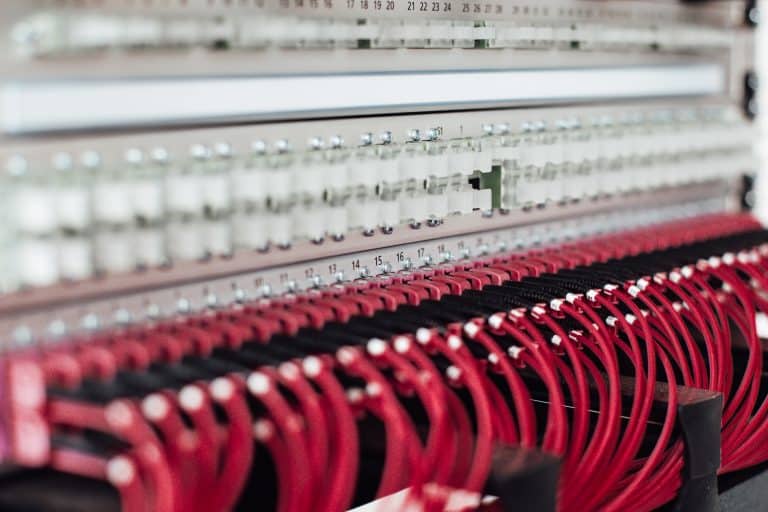People sometimes question why their connection does not match that of their neighbours or coworkers in a world where Internet connectivity has become crucial. If you’re not familiar with the terminology, it’s easy to become perplexed by the constant use of terms like “cable,” “DSL,” and “fibre optics.”
It will be explained in this post what cable Internet access is, what makes it different, and how it works.
What Exactly Is Cable Internet?
End customers have access to cable Internet via a high-speed connection based on a cable television infrastructure. Consequently, your cable TV connection and Internet access are provided by the exact same network.
As a result, cable Internet access is typically sold as part of a package that also includes TV channels. This service is provided by a cable TV provider in your area.
How Does Cable Internet Work?
An internal modem and a coaxial cable connecting it to your Internet service provider’s premises (the CMTS) are both required for wired internet to function over cable (ISP).
Connecting your modem with the cable CMTS is how cable Internet connects you to the outside world. The graphic below helps to illustrate how the process works.
Let’s take a closer look at what cable Internet is and how it works to have a better understanding.
- Modem: The modem is the little appliance in your home that connects your computer to your cable provider’s network. To allow customers to connect many devices at once, cable providers typically give them this equipment, generally in conjunction with a router.
- CMTS: This is a piece of equipment located in the buildings or sites of a cable provider. To utilise cable Internet, it must be able to interact with your home modem.
- Coaxial cable: Using a coaxial wire, you can send data across vast distances with ease. With it, you may connect your modem to the CMTS of your service provider even if the latter is located far away from your house.
What are the differences between other connections and Cable Internet?
We can tell cable Internet from other types of connections now that you know what it is. To begin with, the cable Internet connection is a significant step up from dial-up, which is notoriously sluggish by comparison.
Cable Internet differs from other forms of high-speed or broadband Internet in that it utilises a cable TV network. The distance between your home and the central switching station (CMTS) of your cable TV provider has no bearing on your Internet speed.
DSL, fibre optics, and satellite Internet are all high-speed alternatives to cable. DSL service makes advantage of unused telephone lines to connect you to the Internet. This method, as opposed to dial-up, does not interfere with your phone’s functionality. However, as you get further away from the provider’s switching station, the Internet speed decreases.
Fibre optics is a newer type of broadband Internet service, and the infrastructure is currently being built for this service. It’s similar to cable Internet in operation, except the wiring lines are made of glass fibre, not copper.
Finally, a satellite Internet connection uses a dish on your roof to receive Internet signals sent from a satellite in orbit. Satellite Internet, in contrast to cable Internet, transmits data wirelessly through radio waves.
Conclusion
The availability and speed of cable Internet make it one of the most popular choices for broadband access. You can troubleshoot small technological issues by understanding how things function and what equipment you’ll need.
For instance, restarting your modem or checking that the wires are not broken or too unclean may be all that’s required to fix your Internet connection.

